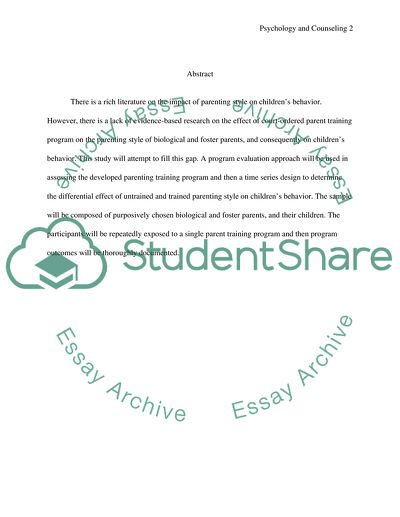Cite this document
(The Impact of Parenting Style on Children's Behavior Research Paper, n.d.)
The Impact of Parenting Style on Children's Behavior Research Paper. Retrieved from https://studentshare.org/psychology/1739372-what-is-the-impact-of-parenting-style-on-childrens-behavior
The Impact of Parenting Style on Children's Behavior Research Paper. Retrieved from https://studentshare.org/psychology/1739372-what-is-the-impact-of-parenting-style-on-childrens-behavior
(The Impact of Parenting Style on Children'S Behavior Research Paper)
The Impact of Parenting Style on Children'S Behavior Research Paper. https://studentshare.org/psychology/1739372-what-is-the-impact-of-parenting-style-on-childrens-behavior.
The Impact of Parenting Style on Children'S Behavior Research Paper. https://studentshare.org/psychology/1739372-what-is-the-impact-of-parenting-style-on-childrens-behavior.
“The Impact of Parenting Style on Children'S Behavior Research Paper”, n.d. https://studentshare.org/psychology/1739372-what-is-the-impact-of-parenting-style-on-childrens-behavior.


